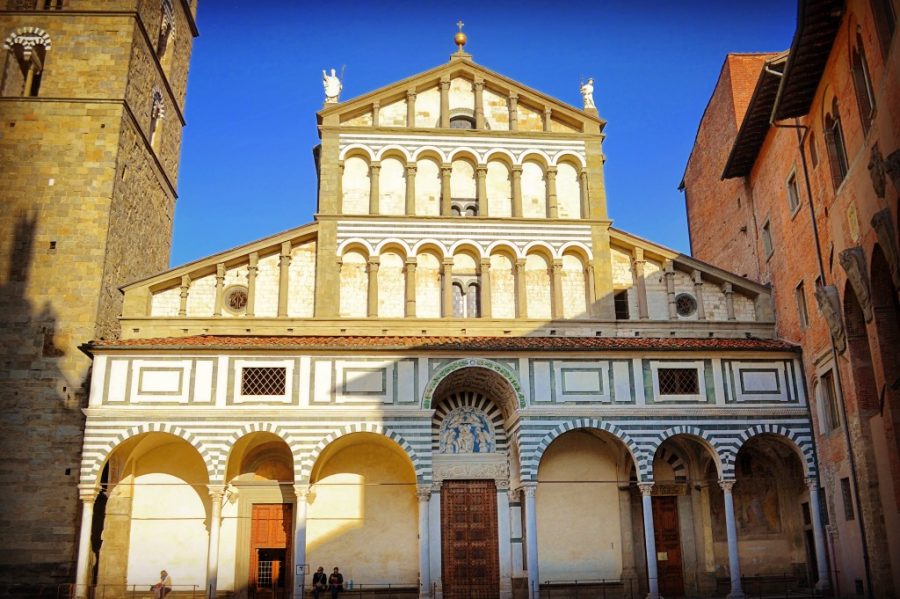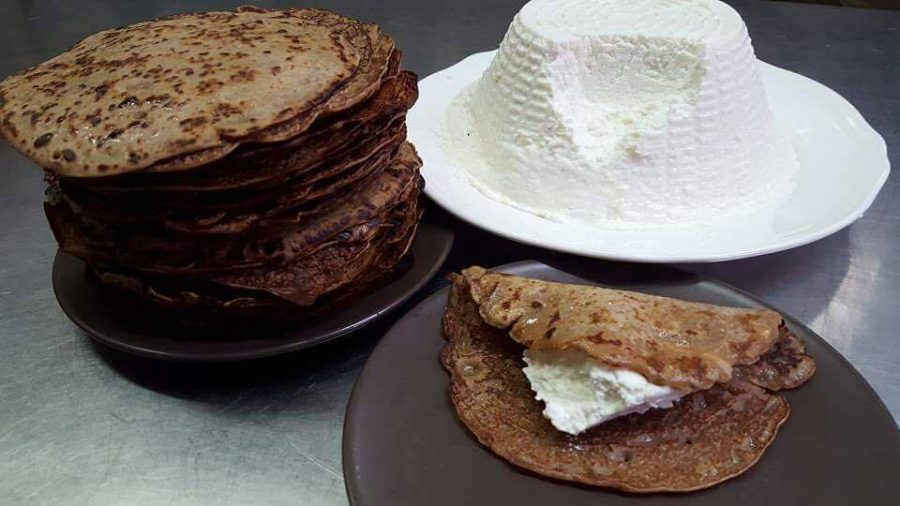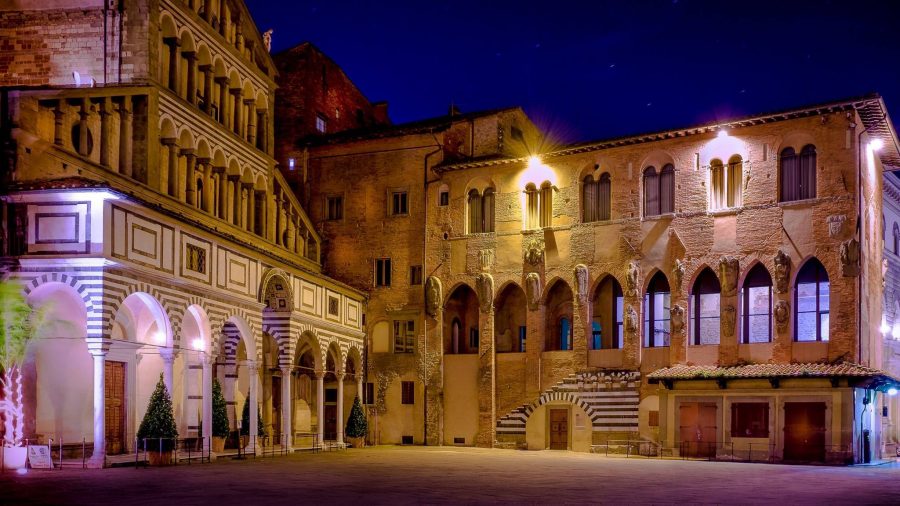On the occasion of the important appointment, we discover the beautiful Tuscan city: Pistoia
The most striking and most celebrated beauties of nearby Florence, Lucca and Pisa have always kept it a bit in the shade. But now Pistoia has taken revenge.
Pistoia is ready to show off the magnificence of its artistic and cultural treasures
Pistoia has been named Italian Capital of Culture 2017, a designation by the Ministry of Cultural Heritage and Activities and Tourism.
The choice of Pistoia, which takes over from Mantua, is motivated by its proposition as a model of a European city. A reality that promotes culture as an instrument of social cohesion, which invests in greenery and eco-sustainable lifestyles and which considers urban redevelopment among its objectives.
Pistoia: a jewel in a strategic position

About half an hour's drive from Florence and equidistant from the Abetone mountains and the sea of the Viareggio coast, the town of Pistoia is a jewel to be discovered at a leisurely pace. Thus it respects one of its ancient vocations, linked to its territorial location.
In the Middle Ages, in fact, Pistoia was crossed by important trade routes. It was also a place of great significance for religious pilgrimages. Thanks to the cult here dedicated to San Jacopo and in the presence of one of his relics, a fragment of the skull preserved in the cathedral, Pistoia became a pilgrimage destination for those who, intending to set out for Santiago de Compostela, came to ask for a blessing for their journey.
Even today the silver altar dedicated to San Jacopo, a masterpiece of Gothic craftsmanship, is visible in the Cathedral of San Zeno. It is located in Piazza del Duomo next to the fourteenth-century Palazzo Comunale, the Palazzo dei Vescovi and the Baptistery of San Giovanni in Corte. This is the finest example of Tuscan Gothic, with characteristic lines of white and green marble.
Another building of great value, among the symbols of the city, is theCeppo Hospital. Founded in the XNUMXth century on the spot where a married couple had found a flowering stump in the middle of winter.
Pistoia and creative events
Alongside the many opportunities to appreciate admirable examples of ancient art, Pistoia is also very attentive to the most recent creative events, thanks to the numerous institutions dedicated to modern and contemporary art.
Fabroni Palace, eighteenth-century building, is preparing to host an exhibition dedicated to Marino Marini. One of the greatest sculptors of the 900th century, born in Pistoia.
Marino Marini. Visual passions (from 16 September to 7 January 2018) is an opportunity to frame his artistic path within the history of sculpture, through a dialogue with works by other authors. Manzù, Picasso, Moore, Richier, Maillol, Martini.
Those who love art cannot give up a visit to the Farm of Celle, in Santomato, about 7 km from Pistoia. Home of the collection Gori, one of the most complete and interesting Italian collections of environmental art. That is to say art designed and created by the authors according to the place.
The historic seventeenth-century villa, the English park, bordered by agricultural land, the adjoining farmhouses, host over 70 interventions by contemporary artists to be discovered with a pleasant walk. Alberto Burri, Anselm Kiefer, Richard Long, Mimmo Paladino, Michelangelo Pistoletto, Emilio Vedova are among the protagonists.
The gastronomy of Pistoia

Another important element that deserves the visitor's attention is the gastronomy.
Local raw materials are simple but very tasty. The same kitchen, whose tradition dates back to the Middle Ages, can be defined poor. As an example, just mention the inmate. Un dish invented by the inmates who, not reviewing the food from the municipality, put together the entrails discarded from the nearby slaughterhouse, with bread and vegetables.
Another tasty specialty is the fresh macaroni pasta with duck sauce.
Among the desserts are to be tasted necci, discs of chestnut flour stuffed with ricotta. And the typical ones mischievous, produced already in the fourteenth century and still today prepared with ancient manual copper machines.





